How to Use Saturation Plugins
Quick Answer
Using Saturation plugins is simple; insert the saturation plugin on the source that you’re trying to compress and distort, and then gradually introduce the effect using a wet/dry or amount dial. Once you begin to hear what sounds like too much compression and distortion, dial back the effect.
How to Use Saturation Plugins in Detail
Using saturation is easier than it might seem at first. Introducing the effect and determining when enough is enough, can be challenging at first.
But, with a little practice, you’ll become comfortable introducing the effect onto your individual instruments, your stems, and full mixes.
Let’s consider what saturation is, what the different types are, and how to use saturation plugins, from some of the most simplistic to some of the more complex.
If you have a mix that you need mastered, send it to us here:
We’ll master it for you and send you a free sample for you to review.
What is Saturation and Why is It Important?
Saturation is the combination of soft-knee compression and harmonic distortion; it’s used to lessen the dynamic range of a signal while simultaneously increasing its harmonic content. This results in a fuller, more impressive sound, and a greater overall loudness, whether you’re mixing or mastering.
So if you’re looking to both gradually compress and mildly distort a signal, this is a great way to combine these effects into one.
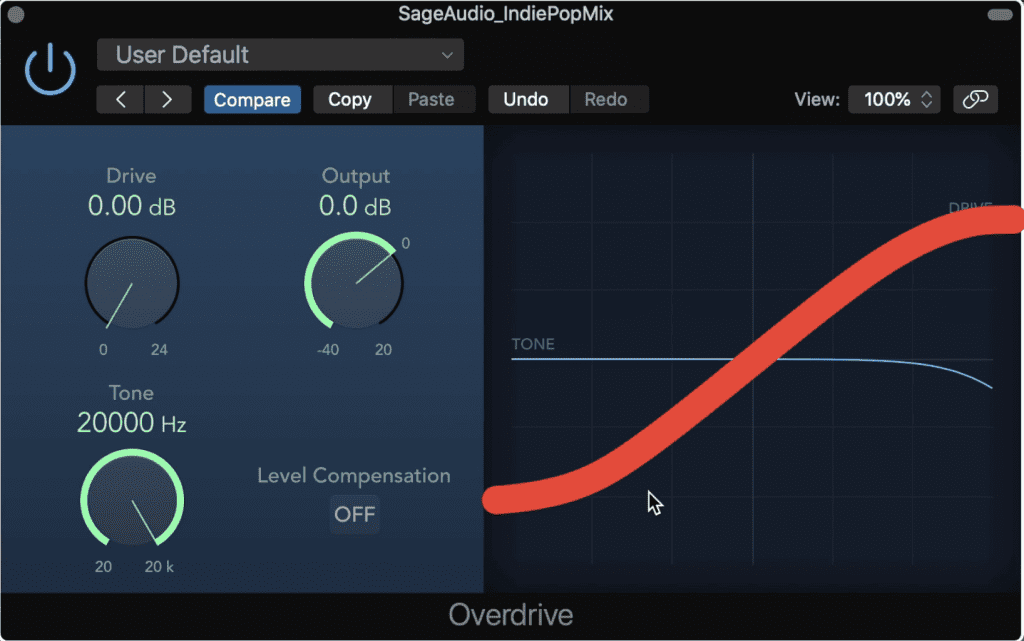
Saturation is really soft-knee compression and harmonic distortion.
It also helps to know that there are many different types of saturation - these come from the different types of electronic components that can be saturated, like tubes, tape, transistors, transformers, and so on.
These different forms of saturation introduce different harmonic formations, different points of saturation, and different knees of compression. As a result, each sounds different and amplifies different aspects of the instrument or mix.
That said, when you’re using saturation, try multiple types and listen intently to see which one is the best sounding. Given the complexity of saturation types and how they affect a signal, there isn’t one that will always sound the best.
How to Use a Saturation Plugin
When you’re using a saturation plugin, how you use it will depend heavily on the signal that your saturating. If you’re using it on an individual instrument you can use the saturator significantly and create intense distortion.
If you’re working on a master, be sure the use the saturator in a subtle way, ideally with less than 1% THD or total harmonic distortion.
Let’s look at 3 saturator plugins and discuss how to use them. Each one is great regardless of your experience with audio processing, but it might help to look at the easiest one to use first.
Saturation by Softube
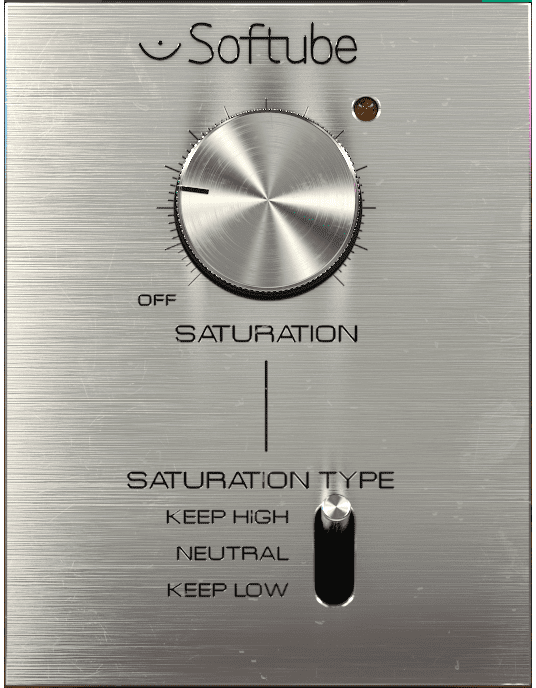
Saturation Knob by Softube is a free and easy saturation plugin to use.
Saturation by Softube really only has 2 functions. The first is the main dial with which you can introduce more harmonic distortion and compression.
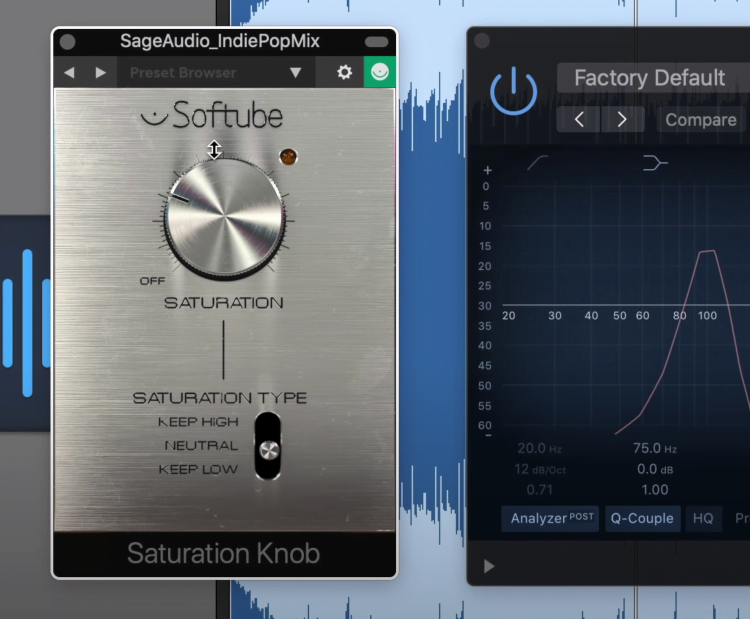
Increasing the main function increases compression and distortion.
You’ll notice when using the plugin that the effect really increases the perceived loudness.
The second function is Saturation Type which offers 3 settings. Keep high creates high order harmonic distortion, neutral is both low and high order harmonic distortion, and keep low introduces low order harmonic distortion.
We can observe how switching between these settings introduces different harmonic formations - so when or if you use this plugin, keep in mind that these harmonics are going to form in relation to the fundamental frequency of the signal the plugin is affecting.
For free saturation plugins, take a look at this video:
Harmonics Analog Saturation Processor by Softube

For a more complex plugin, try Harmonics Analog Saturation Processor.
If you’re looking for a slightly more complex saturator, this one’s a good option. With it you can emulate multiple types of saturation including:
- Solid State
- Transformer
- Master desk (doesn’t affect transients)
- Tube
- Modern (Triode Tube)

It utilizes 5 different distortion types.
The character dial allows you to emphasize either the low or high frequencies prior to saturation. This way you can distort more of the low end or high end.
The dynamics section can expand or amplify transients like the initial snap of a snare drum or the pluck of a guitar, as well as compress and amplify low-level signals.

To the right is a wet/dry, high and low pass filters.
Then of course you have your drive, which introduces harmonic distortion and soft-knee compression. Like the last plugin we looked out, you increase this to increase the amplitude of the distortion.
Furthermore, we have a low-cut filter to avoid distorting low frequencies, a high-cut filter to avoid distorting high frequencies, and wet/dry to blend the effect in.
So if you’re looking to saturate an instrument, bus, or full mix, this a logical next plugin to try out.
Saturn 2 by FabFilter

Saturn 2 is a fantastic and complex saturation plugin.
Last up is my personal favorite Saturation plugin, the Saturn 2, which can be used for multiband saturation, distortion, amp modeling, and stereo imaging given its mid-side capabilities

It offers can extensive library of distortion types.
You can use it to create various forms of distortion and various degrees of compression on a band-by-band basis.
Similar to the last plugin we covered, you can introduce different harmonic formations with different distortion types. You can increase the drive with the main dial, and pan the drive to left and right, or mid and side.
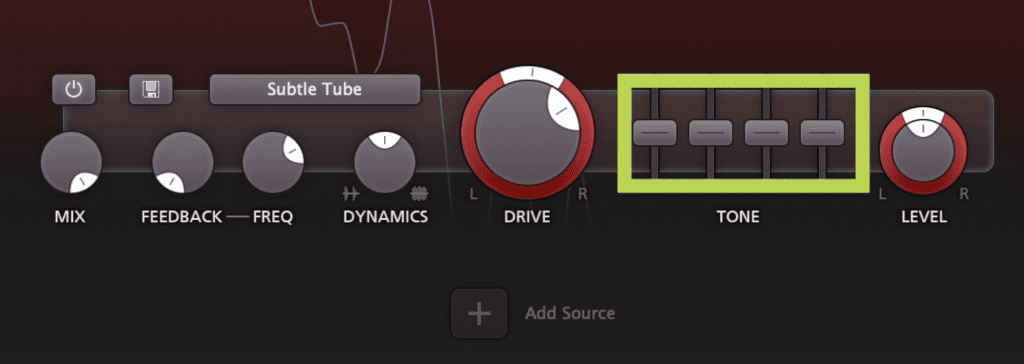
The tone control determines what frequencies are emphasized prior to distortion.
You can also emphasize certain frequencies prior to distortion to cause more distortion to those particular frequencies.
Like before, we can observe the various harmonics and notice how they vary in order and amplitude when we change the distortion type and amount of distortion. You’ll notice that this plugin creates more complex distortion than the others, which in my opinion results in a richer sound.
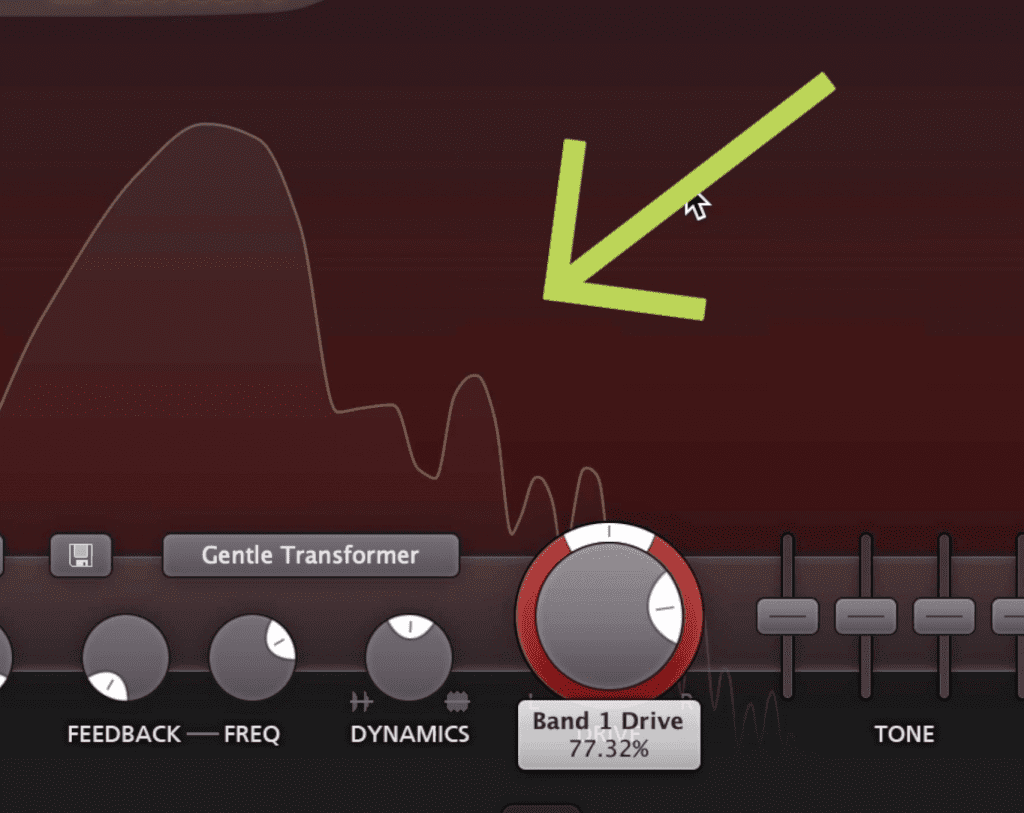
The distortion itself is complex and has a rick and nuanced sound.
But, what I find most impressive about this plugin is the modulation section, with which you can make almost every aspect of the plugin program dependent. In other words, you can trigger functions like distortion, saturation, and tone controls, and others using modulation.
This way the distortion’s timbre, its ADSR, and other modulations can be related to the incoming signal and can be made to affect one another.
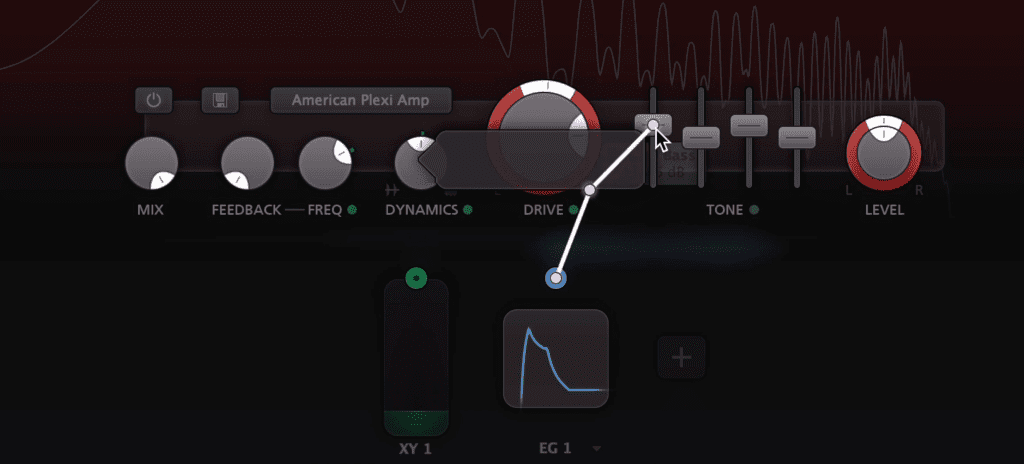
The envelope and modulation section are great at diversifying the distortion and making certain functions program-dependent.
This can become complex so fortunately, this plugin shows to what extent the level of each function is being affected.
If you don’t know where to start with a plugin like this, try using one of the presets and then observing the different filters that get created. This should provide a lot of insight as to how these filters affect the processing, and how you can start building them yourself.
For more information on FabFilter Plugins, check out this video:
Conclusion
Saturation is a combination of soft-knee compression and harmonic distortion. Creating saturation can be done by combining these 2 effects, or by using a saturation plugin.
If you’re mixing, use the effect as aggressively as you want, but if you’re mastering it’s best to avoid using the effect in an aggressive way.
If you’re new to engineering, try Saturation by Softube - a free plugin that keeps the effect simple while still creating a complex sound.
If you’re more experienced or you’d prefer a plugin with more options, Harmonics Analog Saturation Processor by Softube is a good option. It’s easy enough to use and offers some flexibility.
Lastly, Saturn 2 by FabFilter is a personal favorite
If you have a mix that you need mastered, send it to us here:
We’ll master it for you and send you a free sample for you to review.




